Graeme Hayward begged to be retrenched. The corporation in which he’d worked for years had been purchased and was down-sizing. But Graeme was easily offered one of the remaining jobs. He’d had enough. He convinced them to pull the offer and give him a severance package instead. Stepping out of the rat-race, he rented a Salt River workshop, filled it with industrial power tools and began making guitars.
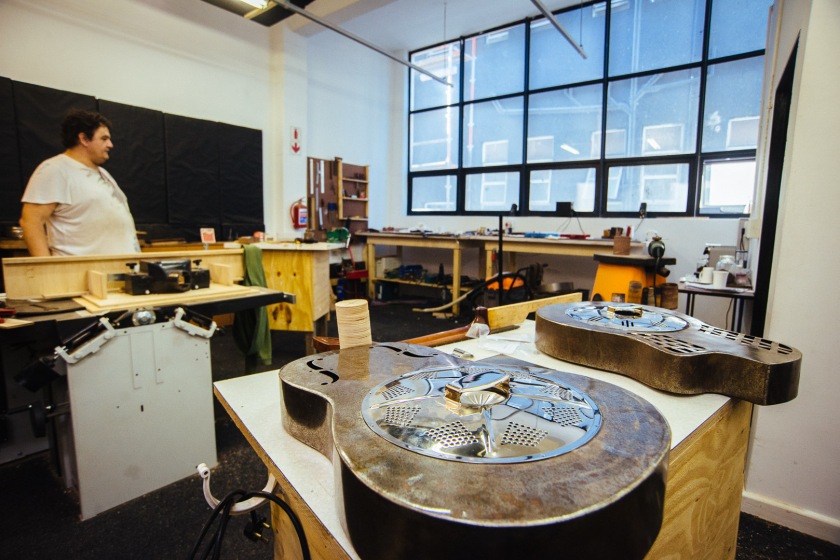
Graeme is no novice builder; he’d built guitars in his spare time before. He completed several of what has to be the gold-standard for electric guitar makers–exact replicas of the 1959 Les Paul. With its carved maple top, glued-in (rather than bolted on) mahogany neck and its legendary scatter-wound pickup coils, the ’59 Les Paul is possibly the greatest challenge for any guitar maker to get right.
And he did it. I know. I’ve played it. I know way too many details about the original guitars, and the only thing I could find on his Les Pauls that wasn’t identical to the ’50s originals was the little plastic cover that hides the access to the truss rod that adjusts the guitar’s neck tension. But now Graeme is taking that hard-won skill and using it to build guitars full time during the longest recession since The Great Depression and with our president pointing the SA economy at the waterfall and rowing with all his might.
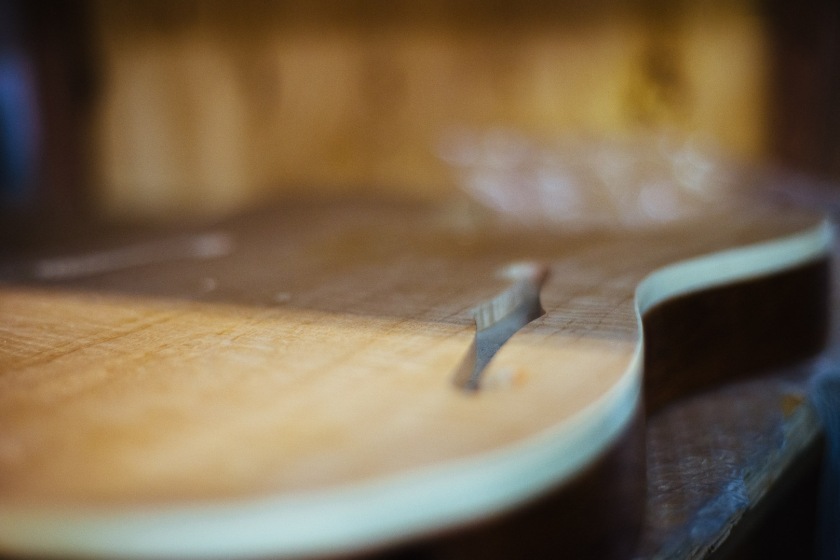
If he succeeds, it’ll be a triumph of craftsmanship over widget-making. I went down to visit Graeme at his workshop at 9 Friend Street, Salt River. Hollering through the gate got Graeme to open up for me. It’s not just a workshop, it’s a place for people who love guitars to come and hang out. The hall is decked with pictures of iconic guitars, and the men and women who made us worship them. Couches make it a great place to talk about our beloved bundles of wood and wire. Graeme tells me he’s going to build a fake fur-lined case for finished guitars for players to paw at, and possibly a feature wall of stand out instruments to ogle.
The main workshop contains an array of very large and serious machines that transform raw timber into objects of desire. Guitars in various states of completion are everywhere. The South African guitar expo is coming up next week, and Graeme is working non-stop to get his projects ready to show off. Chief among them is a series that marks a return for South Africa–resonator guitars.
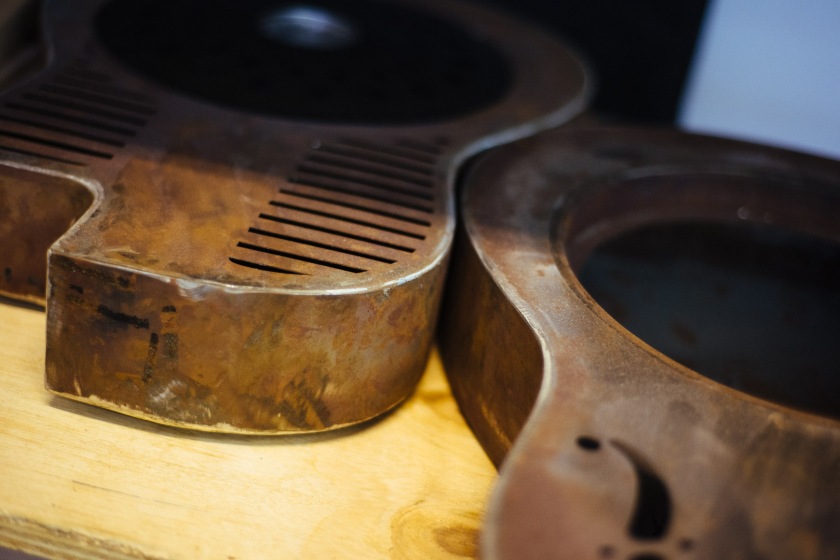
Resonators were designed in the era of big bands, before amplified electric guitars, to make guitars loud enough to be heard alongside brass instruments. Since then they’ve become synonymous with blues, thanks to great players like Bukka White, Son House, and Tampa Red. They were also very popular during the Hawaiian music craze, which is why many were decorated with palm trees and other island scenes. Made of steel, these guitars are known for being polished to a mirror finish. Paul Simon sang, “The Mississippi Delta, was shining like a National guitar,” on his song, Graceland. And it’s here that Graeme’s route departs.
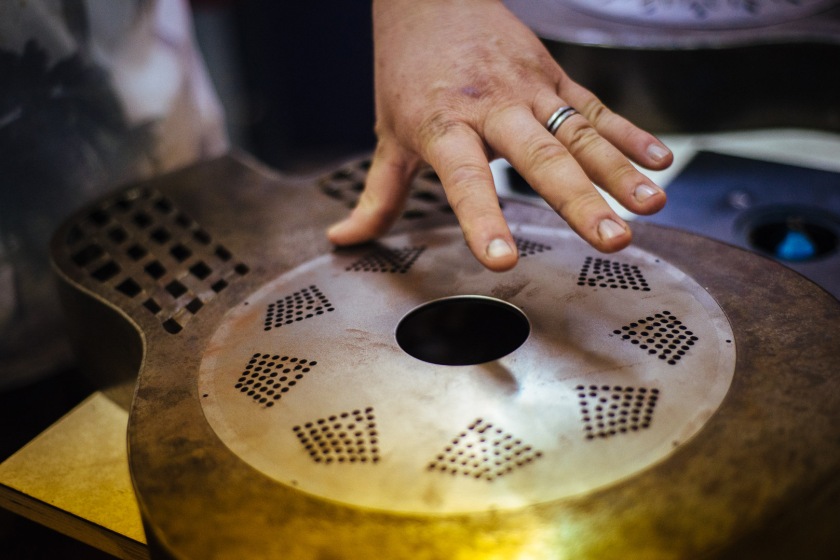
Computerised machines have made producing perfect guitars trivial, he says. Even some budget guitars, like the LTD line made by Japanese guitar legends, ESP, are in many ways better made than electrics that were largely handmade, and might cost two months’ salary, back in the 1950s. But the downside is the decreasing individuality in each instrument. Those of us who adore guitars think of them almost as friends or pets. It’s not pleasant to think that our guitar may be pretty much indistinguishable from another. Graeme wants each of his guitars to be beautifully playable, but still unique. So a laser-cut cover plate has a bridge plate mounted on it that Graeme carefully hammered out himself over a mould. The neck shapes are shaped to different specifications using a range of cutting jigs, but the final finishing is done by hand.
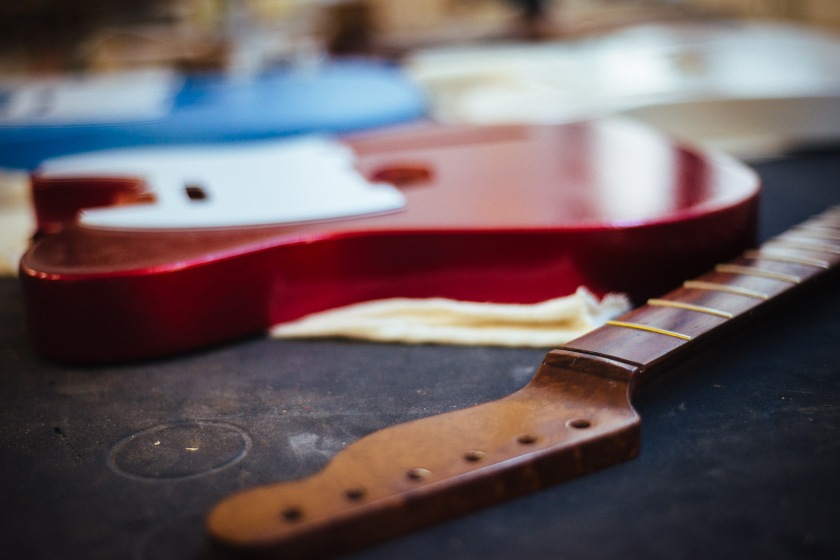
He’s turned to alchemy, experimenting with dangerous concoctions of chemicals, to distress the bodies of the guitars. No mirror-shine for him. Each guitar looks like it’s been discovered in an attic after 70 years, but with its playability and voice intact. He’s cooking the character into his guitars to make something completely unique and unavailable elsewhere.
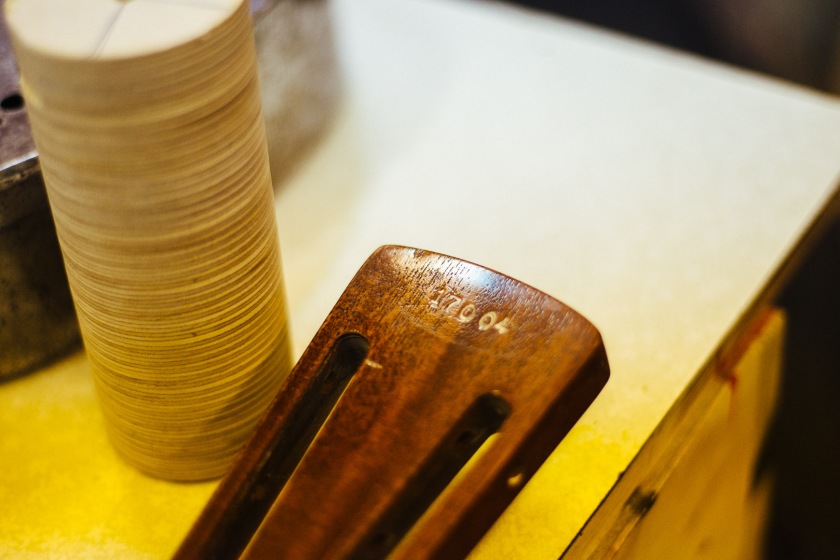
And hence, South Africa’s economic ailments may prove beneficial. With the exchange rate of the Rand with the dollar, Yen, and Euro weakening, Graeme’s handmade guitars and hand-wound pickups may become increasingly affordable even to working musicians overseas. But he’s not leaving it up to luck. He’s also going to have guitar building workshops in which local players can pay a sum, and then spend several days building their guitar from scratch in his workshop–using premium woods and hardware–and take home an exceptional electric guitar that they’ve built with their own hands under Graeme’s guidance. And on Saturday mornings he’s going to welcome players who want help getting their guitars set up to play better–so that we come in, talk guitars, and walk away with an instrument that plays and sounds its best.
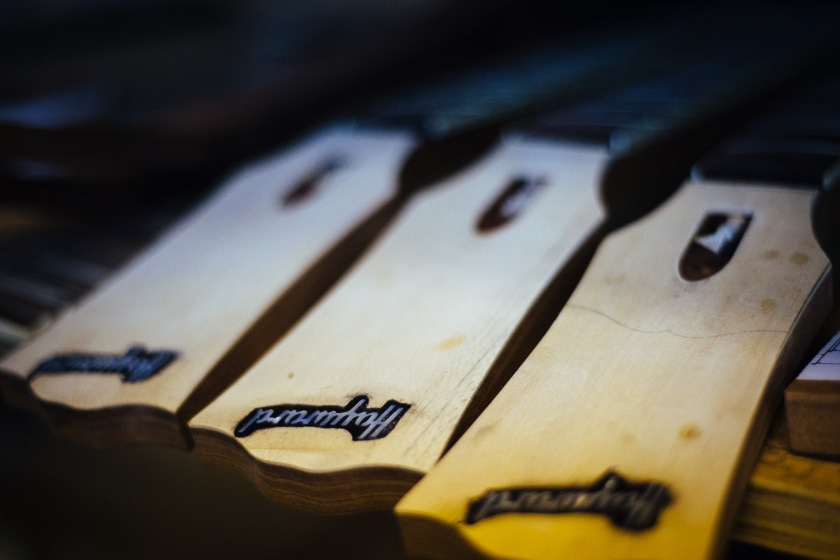


What an impressive journey. I can still recall as school mates, that you had this special connection to the guitar. You were hopeless at playing them as a 14 year old but my goodness you loved them.
Well done bud.
Bryn